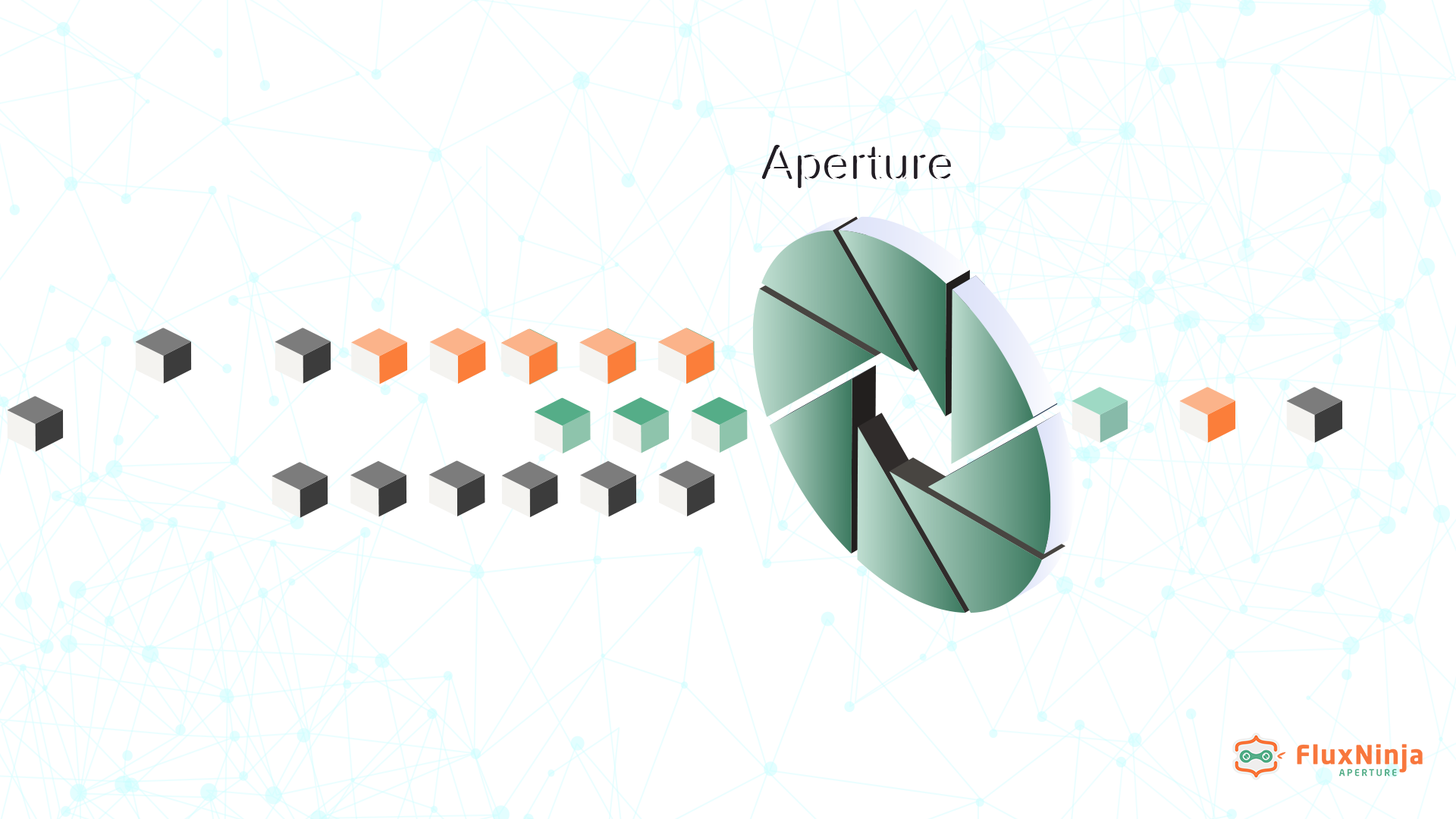Even thirty years since its inception, PostgreSQL continues to gain traction, thriving in an environment of rapidly evolving open source projects. While some technologies appear and vanish swiftly, others, like the PostgreSQL database, prove their longevity, illustrating that they can withstand the test of time. It has become the preferred choice by many organizations for data storage, from general data storage to an asteroid tracking database. Companies are running PostgreSQL clusters with petabytes of data.
6 posts tagged with "aperture"
View All TagsAnnouncing Aperture GA: Open-Source Tool for Intelligent Load Management
San Francisco — FluxNinja is thrilled to announce the General Availability of its innovative open source tool, Aperture. This cutting-edge solution is designed to enable prioritized load shedding driven by observability and graceful degradation of non-critical services, effectively preventing total system collapse. Furthermore, Aperture intelligently auto-scales essential resources only when necessary, resulting in significant infrastructure cost savings.
Integrating FluxNinja Aperture with Nginx for Effective Load Management
Today, everything is available online, and people tend to turn to the internet for even the smallest things. We see new products and websites popping up every day, catering to specific needs, from groceries to online studying. This leads to an increasing number of users coming online to use these services, leading to a surge in traffic to websites and web applications.
When launching a product or website, we often have estimates, but sometimes these estimates are exceeded, leading to overload scenarios. For instance, after the announcement of ChatGPT 3.5, there was a massive influx of traffic and interest from people all around the world. The sudden surge of visitors surpassed their limits and buffers, leading to a website downtime. In such situations, it is essential to have load management in place to avoid possible business loss.
FluxNinja Aperture at Chaos Carnival 2023
Graceful degradation and managing failures in complex microservices are critical topics in modern application architecture. Failures are inevitable and can cause chaos and disruption. However, prioritized load shedding can help preserve critical user experiences and keep services healthy and responsive. This approach can prevent cascading failures and allow for critical services to remain functional, even when resources are scarce.
To help navigate this complex topic, Tanveer Gill, the CTO of FluxNinja, got the opportunity to present at Chaos Carnival 2023 (March 15-16), which happened virtually, the sessions were pre-recorded. Though, attendees could interact with speakers since they were present all the time during the session.
Load Management with Istio using FluxNinja Aperture

Service meshes are becoming increasingly popular in cloud-native applications, as they provide a way to manage network traffic between microservices. Istio, one of the most popular service meshes, uses Envoy as its data plane. However, to maintain the stability and reliability of modern web-scale applications, organizations need more advanced load management capabilities. This is where Aperture comes in. It offers several features, including:
Graceful Degradation with Aperture: A Key to Better User Experience

In today's world of rapidly evolving technology, it is more important than ever for businesses to have systems that are reliable, scalable, and capable of handling increasing levels of traffic and demand. Sometimes, even the most well-designed microservices systems can experience failures or outages. There are several examples in the past where companies like Uber, Amazon, Netflix, and Zalando faced massive traffic surges and outages. In the case of Zalando (Shoes & Fashion Company), the whole cluster went down; one of the attributes was high latency, causing critical payment methods to stop working and impacting both parties, customers, and the company. This outage caused them a monetary loss. Later on, companies started adopting the graceful degradation paradigm.